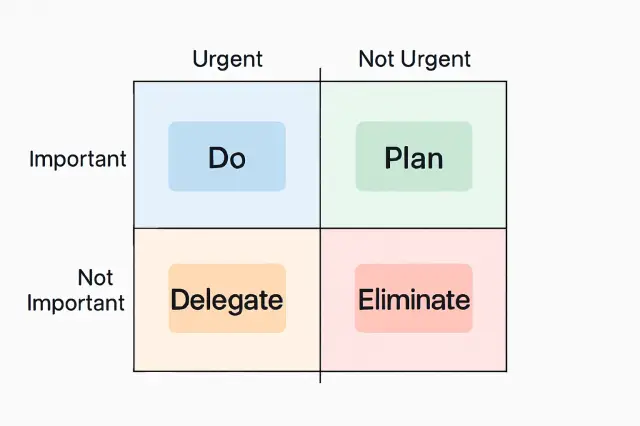Understanding the Challenge of Clothing Size Conversion
Shopping for clothes online is easier than ever, but one of the biggest frustrations remains the same — size differences between countries and brands. What’s a medium in the U.S. might be a large in Europe or a small in Asia. Without a clear size conversion, it’s easy to end up with clothes that don’t fit as expected.
That’s where a clothing size converter becomes your best shopping ally. Tools like the Pants Size Converter, Shirt Size Converter, and Shoe Size Calculator from Calculatorr.com help you instantly translate your measurements into international size standards — saving time, returns, and frustration.
Whether you’re buying jeans from Europe, sneakers from the U.S., or a jacket from Japan, understanding how to convert your clothing size accurately ensures you always find your perfect fit.
Why Clothing Sizes Differ Around the World
Each region uses different systems to label clothing sizes, based on body proportions common in that population. Let’s look at a few examples:
| Region | Typical Label | Basis |
|---|---|---|
| United States | S, M, L, numeric (2, 4, 6...) | Inches and general fit |
| Europe | 34, 36, 38, 40... | Centimeters |
| United Kingdom | 6, 8, 10, 12... | Centimeters with UK-specific grading |
| Japan | 7, 9, 11... | Based on height and bust/waist ratio |
| Australia | Similar to UK, but not identical | Local size grading |
Because these systems are not standardized globally, the same person can wear multiple sizes depending on where they shop.
For example:
-
A U.S. woman wearing size 6 may need a size 38 in Europe or a size 10 in the UK.
-
A man’s U.S. size 32 pants might correspond to EU size 48.
These inconsistencies make conversion calculators essential.
How the Pants Size Converter Works
The Pants Size Converter on Calculatorr.com simplifies this process in seconds. Here’s how to use it:
-
Open the Pants Size Converter page.
-
Select your current size system (for example, U.S. or EU).
-
Enter your numeric size or waist measurement.
-
Choose the destination region (e.g., UK, Japan, or Australia).
-
The calculator instantly displays the equivalent size in the chosen system.
This saves you from guessing or using unreliable size charts from different retailers.
Example:
If you wear U.S. men’s pants size 34, the converter shows that your equivalent size in European sizing is 50, and in the U.K. it’s 34 as well.
How to Measure Yourself Accurately Before Conversion
To get the most precise results, you need to start with correct body measurements. Here’s a quick guide:
For pants or jeans
-
Waist: Measure around your natural waistline, just above your belly button.
-
Hips: Measure around the widest part of your hips and buttocks.
-
Inseam: Measure from the top of the inner thigh down to the ankle.
For shirts
-
Chest: Wrap the tape around the fullest part of your chest.
-
Neck: Measure the base of your neck where the collar sits.
-
Sleeve length: Measure from shoulder to wrist.
For shoes
-
Foot length: Place your foot on a paper, mark the longest toe and heel, then measure the distance in centimeters or inches.
Once you have these measurements, you can input them into tools like:
Real-World Example: Online Shopping Across Borders
Let’s imagine Sarah, who lives in the U.S., wants to buy a pair of jeans from a French online store.
She usually wears U.S. size 8. Using the Pants Size Converter, she finds out that her European equivalent is size 38.
Without this step, she might have ordered a size too big or too small — resulting in an unnecessary return and extra shipping costs.
Similarly, Alex from Australia wants to buy sneakers from an American brand. Using the Shoe Size Calculator, he finds that his Australian size 9 equals U.S. size 10 — ensuring the shoes fit perfectly the first time.
Understanding Size Conversion for Men and Women
Men’s and women’s clothing sizes don’t always correspond directly. Even when they use similar numbers, the measurements can vary by several centimeters.
| Category | U.S. Size | U.K. Size | EU Size | Example |
|---|---|---|---|---|
| Women’s Pants | 6 | 10 | 38 | Fits 27–28” waist |
| Men’s Pants | 32 | 32 | 48 | Fits 32” waist |
| Women’s Shirts | 8 | 12 | 40 | Medium fit |
| Men’s Shirts | 15” | 15” | 38 | Medium fit |
Using dedicated tools like the Pants Size Converter or Shirt Size Converter avoids confusion by providing gender-specific results instantly.
Tips for Getting the Best Fit When Shopping Online
-
Always check the brand’s own size guide.
Even with conversions, brands may have unique fits (slim, regular, loose). -
Measure yourself twice a year.
Weight fluctuations or muscle gain can change your fit over time. -
Consider the fabric type.
Stretch materials fit differently than rigid fabrics. -
Read customer reviews.
Other shoppers often mention if an item “runs large” or “runs small”. -
Use multiple calculators for different garments.
For example:-
Use the Ring Size Calculator for accessories.
-
Use the Bra Size Calculator for lingerie.
-
Use the Shirt Size Converter for tops.
-
Common Mistakes When Converting Sizes Manually
Many shoppers still try to convert sizes using general charts found on retailer sites. However, these often:
-
Use rounded conversions that miss small but important differences.
-
Don’t account for gender or body type variations.
-
Exclude height-based sizing used in Asia or Europe.
That’s why Calculatorr.com’s conversion tools provide accurate and updated formulas for real-world results.
Fashion and Sustainability Connection
Choosing the right size not only improves comfort but also supports sustainable fashion. According to the Ellen MacArthur Foundation, 30% of returned clothes are due to size issues, and many end up in landfills.
By using reliable conversion tools like Calculatorr’s, consumers reduce waste and carbon emissions associated with return shipping.
So, finding your perfect fit is not just about style — it’s also about being eco-conscious.




